In today’s digital age, businesses generate vast amounts of data daily. This data comes in various forms, including text, numbers, and digital images or videos. And to analyze visual data in pictures and videos, computer vision has become essential for organizations seeking to derive insights from this wealth of information. This makes identifying patterns, recognizing objects, and detecting anomalies in real-time easy. It enables businesses to make more informed decisions and improve operational efficiency.
In this blog post, we’ll explore the potential of computer vision and how they can benefit your business.
What Is Computer Vision?
Computer vision is a field of artificial intelligence that focuses on enabling computers to interpret, process, analyze, and understand visual data from the world around them, from images and videos. The goal of computer vision is to replicate and enhance the human ability to see and understand the world visually, and to provide machines with the ability to perceive, reason, and act upon visual information. It involves techniques and algorithms from computer science, mathematics, statistics, and machine learning to extract meaningful information from visual data, and to enable machines to recognize objects, detect patterns, classify images, track motion, and perform other tasks that require visual interpretation. Computer vision has a wide range of applications, from image and video editing to medical imaging, robotics, autonomous vehicles, security and surveillance, and many others.
Why Does Computer Vision Matter?
- Verified Market Research suggests that the computer vision market is expected to snowball at a CAGR of 37.05% from 2023 to 2030, and it will continue to drive innovation and breakthroughs.
- Market.us predicts that the global facial recognition market will increase to USD 19.3 Billion by 2032, with a CAGR of 14.6% between 2023 and 2032. North America will dominate with 37.8% of the Market Share
How Does Computer Vision Work & its Key Components?

Computer vision is an interdisciplinary field combining computer science, artificial intelligence, mathematics, and neuroscience techniques to enable machines to interpret and analyze visual data. At a high level, computer vision systems analyze digital images and videos using sophisticated algorithms and deep learning models.
Here’s a high-level overview of how computer vision works with its key components:
- Image Acquisition: The first step in computer vision is to acquire an image or video feed. This can be done using a camera or other imaging device.
- Pre-Processing: Once the image is acquired, it needs to be pre-processed to make it easier for the computer to analyze. This may involve noise reduction, image enhancement, or color correction.
- Feature Extraction: In this step, the computer analyzes the image to identify and extract specific features relevant to the task. This might involve detecting edges, corners, or other shapes or identifying objects within the image.
- Object Recognition: The computer can identify objects within the image once the relevant features have been extracted. This might involve comparing the features of the image to a database of known things or using machine learning algorithms to recognize patterns and shapes.
- Image Analysis: Once the objects within the image have been identified, the computer can analyze the picture in greater detail. This might involve tracking the movement of things over time, recognizing patterns within the image, or detecting anomalies or outliers.
- Decision Making: Finally, based on the analysis of the image, the computer can make decisions or take action. For example, a computer vision system might control a manufacturing plant robot arm or detect potential hazards in a surveillance video feed.
This is a simplified overview of how computer vision works, and many different approaches and techniques can be used to solve specific problems within the field.
Types of Computer Vision
Here are some of the most common computer vision types:
- Image Classification: This involves categorizing images into predefined classes or categories, such as animals, vehicles, or buildings.
- Object Detection: Identifying and localizing objects within an image or video stream.
- Object Tracking: Monitoring the movement of objects within an image or video stream over time.
- Pose Estimation: Determining the position and orientation of an object in 3D space.
- Semantic Segmentation: This involves dividing an image into segments and assigning each component a label based on its content, such as sky, ground, trees, or people.
- Action Recognition: Identifying and classifying human actions within an image or video stream.
- Image Restoration: Eliminating noise, blur, or other distortions from an image to restore its original quality.
- Facial Recognition: Recognizing human faces for unlocking smartphones and applying filters or for surveillance purposes
- Pattern Detection: Identifying shape, size, color, and other visual elements in images
- Instance Segmentation: This is similar to semantic segmentation. Instead of assigning a single label to each segment, it gives a unique title to each instance of an object in the image.
- Motion Analysis: This involves analyzing the movement of objects in a video or image sequence to track their trajectory, velocity, and acceleration.
- Scene Reconstruction: involves creating a 3D model of a scene or object from multiple 2D images or video frames.
Computer Vision Benefits
The advantages of computer vision are numerous and far-reaching, with applications across a wide range of industries and fields. Here are some of the main benefits of computer vision:
- Increased Efficiency: Computer vision can automate repetitive tasks and improve accuracy, increasing efficiency in various industries.
- Automation: Computer vision can automate a wide range of tasks that previously required human intervention, such as quality control in manufacturing, inventory management, and security surveillance.
- Improved Accuracy: Computer vision algorithms can analyze visual data with great precision, often surpassing human abilities. This can lead to more accurate and reliable results, improving product quality, reducing waste, and increasing customer satisfaction.
- Cost Savings: Automation and improved efficiency can lead to significant cost savings in terms of labor and operational costs.
- Improved Safety: Computer vision can be used for surveillance and security purposes to identify threats and prevent accidents.
- Enhanced Customer Experience: Computer vision can help businesses personalize their products and services based on customer preferences and behavior. This can improve the customer experience and increase customer loyalty.
- Better Decision-Making: Computer vision can provide businesses with real-time insights and data analytics to help them make better decisions. For example, retailers can use computer vision to track customer behavior and adjust their marketing strategies accordingly.
Computer Vision Use Cases

Due to its speed, objectivity, continuity, accuracy, and scalability, computer vision can quickly surpass human capabilities. The latest deep learning models achieve above human-level accuracy and performance in real-world image recognition tasks such as facial recognition, object detection, and image classification. Computer vision applications are used in various industries, ranging from security and medical imaging to manufacturing, automotive, agriculture, construction, smart city, transportation, and many more. Common use cases of computer vision include:
Retail
- Behavior Tracking: For tracking customers’ behavior in a store, helping to identify high-traffic areas, peak times, and areas of interest. This data can be used to optimize product placement and store layout.
- Anti-Theft Mechanism: Detecting theft and unauthorized access to restricted areas. It can also be used to identify suspicious behavior, such as loitering or shoplifting.
- Inventory Management: Automating inventory management tasks such as tracking stock levels and product locations. It can also be used to identify discrepancies between physical and digital inventories.
- Self-Checkouts: Automating the checkout process by identifying and tracking the products being purchased.
- Visitor Heat Maps: Detecting visitor heat maps can help retailers identify the most popular areas of the store.
- Virtual Try-On: Enabling virtual try-ons for products such as clothing or cosmetics can improve the customer experience.
Manufacturing
- Predictive Maintenance: IoT predictive maintenance systems help to analyze data from sensors and cameras to predict when machines will require maintenance. This helps manufacturers to schedule maintenance at the most convenient time, reduce downtime, and avoid expensive repairs.
- Defect Reduction: Detecting defects and irregularities in products before they reach the customer. This can help manufacturers reduce costs associated with product recalls and faulty components while improving product quality and reducing waste.
- Usage of Safety Equipment: Monitoring the usage of safety equipment in hazardous areas, such as construction sites, to ensure compliance and prevent accidents.
- Managing Assembly Line: Monitoring the movement of products and ensuring that they are being assembled correctly during the production process
- Product Quality Tracking: Monitoring the quality of products during delivery by analyzing images of the products as they are loaded onto trucks or delivered to customers.
Healthcare
- Medical Image Analysis: Analyzing medical images, such as X-rays, CT scans, and MRI images, assists doctors in diagnosis and treatment planning. This helps doctors to detect diseases earlier, improve patient outcomes, and reduce healthcare costs.
- Patient Care: Remote monitoring of patients, particularly in detecting falls or other critical incidents. This improves patient safety and allows healthcare providers to respond quickly to emergencies.
- Laboratory Tests: Automating laboratory tests, which can improve accuracy and speed up results.
- Usage of PPE: Monitoring the usage of personal protective equipment (PPE) within hospitals and clinics to ensure compliance and prevent the spread of infections.
FinTech
- Documenting Claims: Analyzing images or videos of an accident or damage helps insurers quickly and accurately assess the damage and process claims more efficiently.
- Preventing Accidents: Detecting potential hazards on the road, such as road obstructions, pedestrians, or other vehicles, and alert drivers or take evasive actions to avoid accidents.
- Detecting Frauds: Identifying fraudulent invoices by analyzing their visual elements and comparing them with authentic ones. This can help prevent financial losses due to fraudulent activities.
- Biometric Recognition: Facial recognition or iris scanning helps improve security and authentication processes.
- Cheque Processing: Reading and processing cheque information can help reduce processing times and errors.
Adtech
- Targeted Ads: Analyzing images and videos, users post on social media platforms to understand their interests, demographics, and behavior. This information can be used to serve personalized ads that are more likely to engage users and drive conversions.
- Impressions for Displayed Ads: Monitoring how ads are displayed across various channels such as online platforms, billboards, and television helps optimize ad spend and improve campaign performance
- Sentiment Analysis: Analyzing the emotional responses of users to their ads. This can be done by analyzing facial expressions, body language, and other cues to determine whether users are happy, sad, angry, or neutral. This information can be used to improve the effectiveness of the ads.
- Creative Content Generation: Advertisers can use generative AI models to create ad content tailored to their target audience’s interests and preferences. These models can generate images, videos, and other types of media that are highly engaging and have a higher chance of resonating with users.
Agriculture
- Grain Production: Optimizing crop yields by analyzing crop health, identifying crop stress, and predicting crop yield. This helps farmers to improve their crop management practices, reduce waste, and increase profitability.
- Weed Control: Identifying and targeting weeds allows farmers to selectively apply herbicides and reduce the use of chemicals, which is better for the environment.
- Soil Quality: Analyzing soil quality by measuring soil moisture, nutrient levels, and other factors. This helps farmers to optimize their crop growth, reduce water usage, and improve sustainability.
Computer Vision Libraries
Different computer vision tools and platforms are often chosen based on the specific needs of a project, as well as the preferences and expertise of the development team. Here are some of the most popular ones:
- OpenCV: OpenCV (Open Source Computer Vision) is an open-source library of programming functions mainly aimed at real-time computer vision. It provides a wide range of algorithms for image and video processing, feature detection, object recognition, machine learning, and more.
- PyTorch: PyTorch is particularly well-suited to deep learning tasks and includes many pre-trained models and tools for training custom models.
- Keras: Keras is a high-level neural network library that can be used with TensorFlow or Theano as a backend. It is particularly well-suited to rapid prototyping and experimentation and includes many pre-trained models for image classification and other tasks.
- Detectorn2: This computer vision library is developed to streamline the creation of object detection and segmentation applications. It includes backend support for implementing deep learning algorithms such as RetinaNet, Faster R-CNN, DensePose, and Mask R-CNN, as well as more recent algorithms like TensorMask, Panoptic FPN, and Cascade R-CNN.
- Theano: Theano is a popular numerical computation library that can be used for machine learning and computer vision tasks. It is well-suited for deep learning tasks and includes many pre-trained models and tools for training custom models.
- Mahotas: Mahotas is a Python library that provides a range of image-processing algorithms for tasks such as feature extraction, segmentation, and filtering.
Preferred Frameworks Utilized by Computer Vision
- TensorFlow: TensorFlow is an open-source machine learning framework widely used in computer vision research and development. It includes many pre-trained models and tools for image classification, object detection, and other tasks.
- Caffe: Caffe is a deep learning framework optimized for image processing tasks. It can be used with various programming languages for image classification, object detection, and other tasks.
- Torch: Torch is a scientific computing framework that includes many tools and libraries for training custom models and is particularly well-suited to deep learning tasks.
- MXNet: This open-source deep learning framework is highly preferred for distributed training and includes many pre-trained models for image classification, object detection, and other tasks.
How Rishabh Can Help You Get Started with Computer Vision
As a data analytics services company, we understand that each business has unique use cases and requirements for its computer vision solutions. Our proficient team has the working knowledge & experience in using computer vision frameworks and libraries such as OpenCV, TensorFlow, Keras, PyTorch, and Caffe. We can help you leverage these computer vision platforms to achieve various goals, such as improving efficiency, automating tasks, and enhancing user experience. We will work closely with your team to identify the best framework or library to use and customize it to meet your specific needs.
Final Words
In conclusion, computer vision has the potential to revolutionize the way businesses operate by providing powerful insights and driving automation. With the ability to analyze vast amounts of visual data and identify patterns that would be impossible for humans to detect, computer vision has become an essential tool for companies looking to gain a competitive edge. By leveraging AI-driven computer vision solutions, businesses can improve productivity, reduce costs, and explore new growth opportunities. With the rapid advancement of technology in this field, it’s clear that computer vision will continue to play a critical role in shaping the future of business.
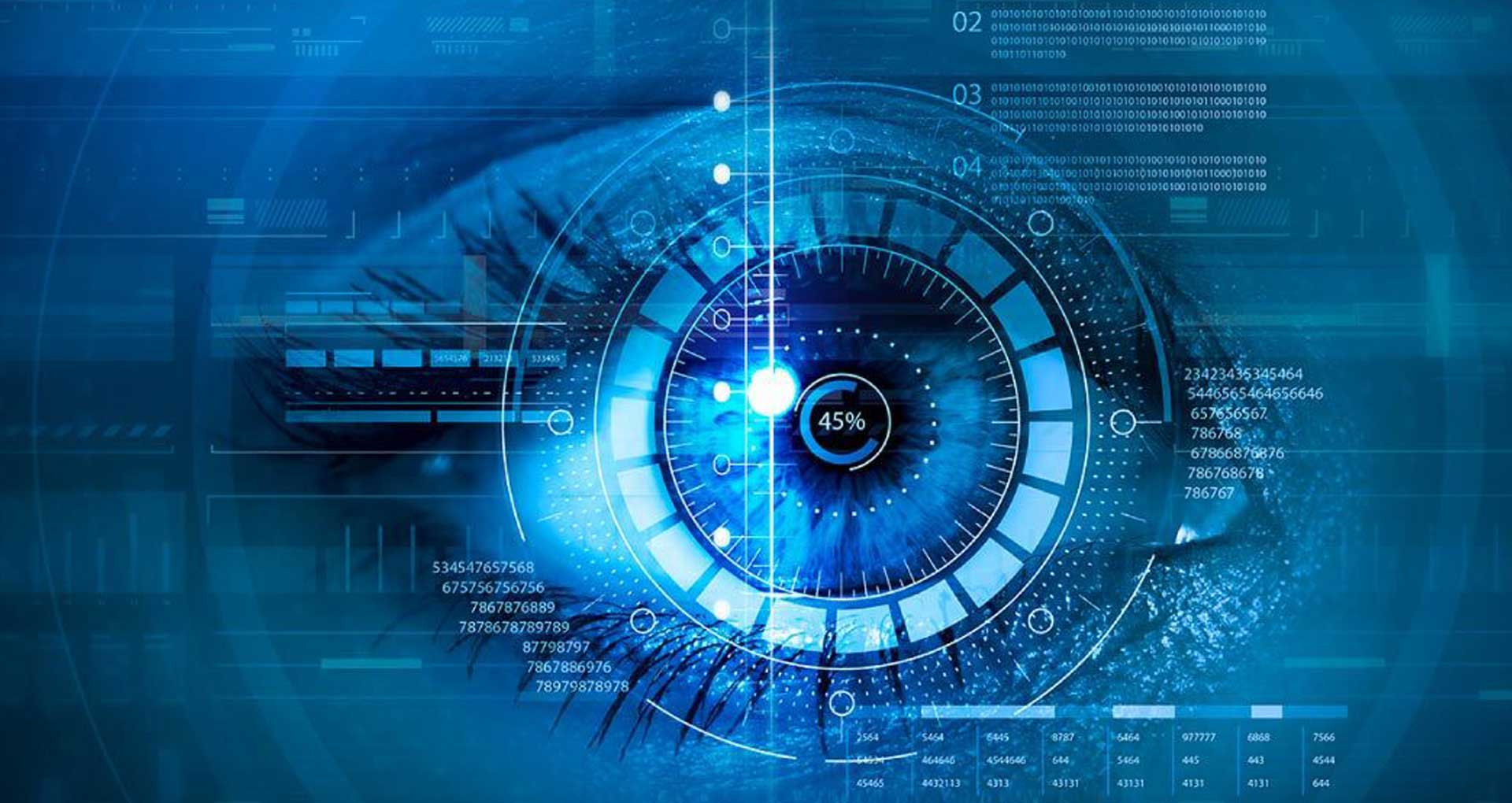
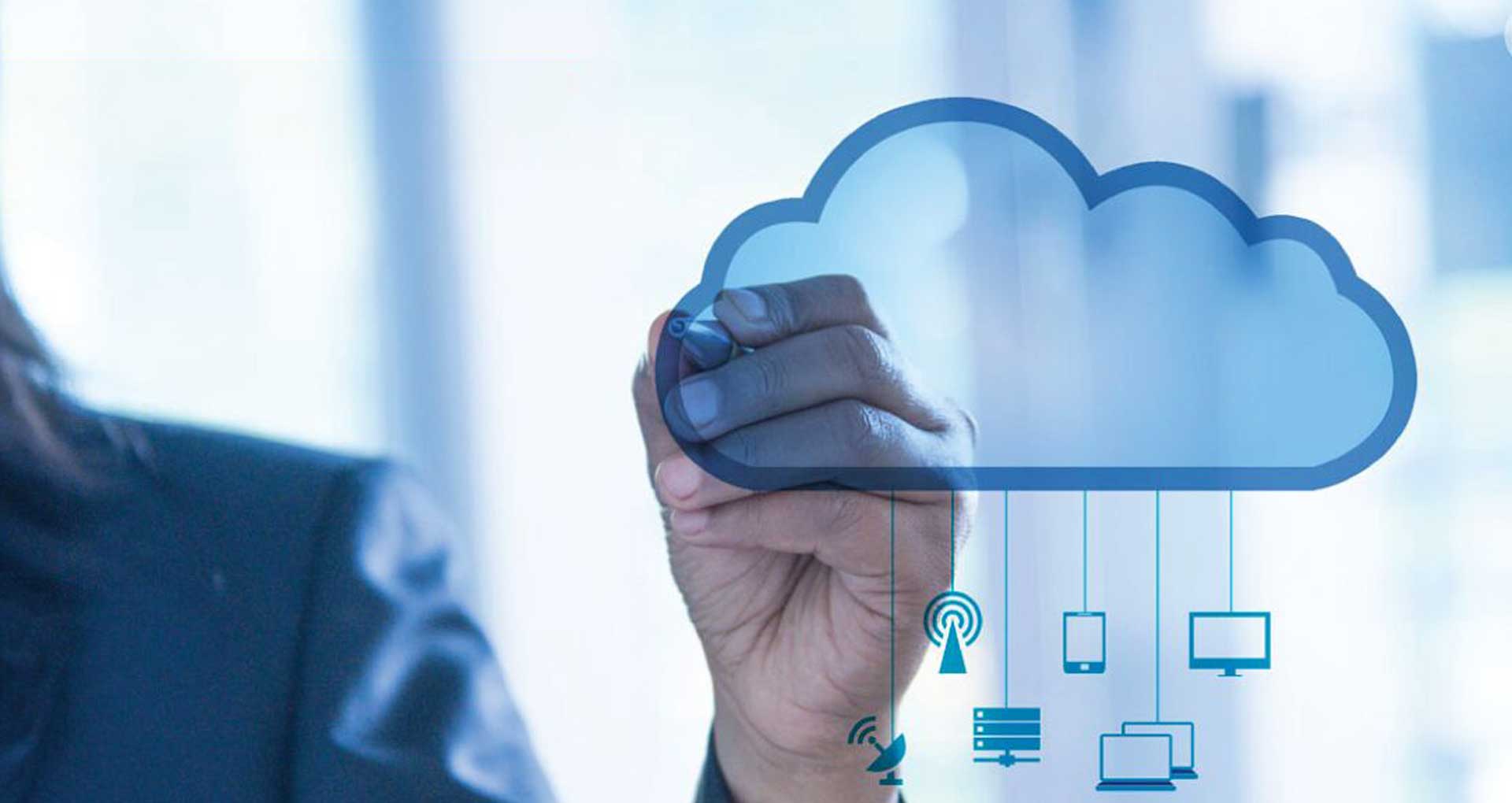
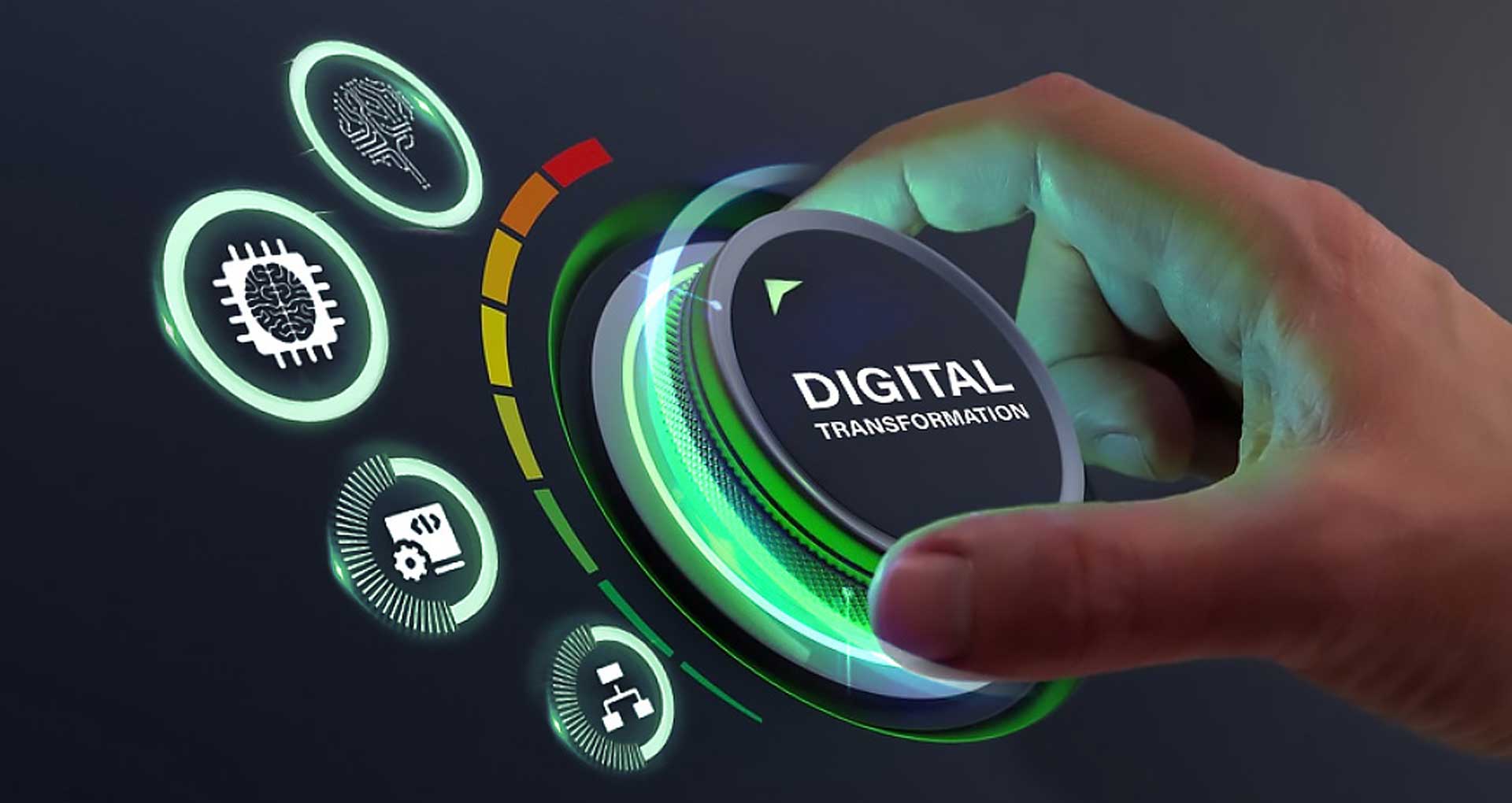

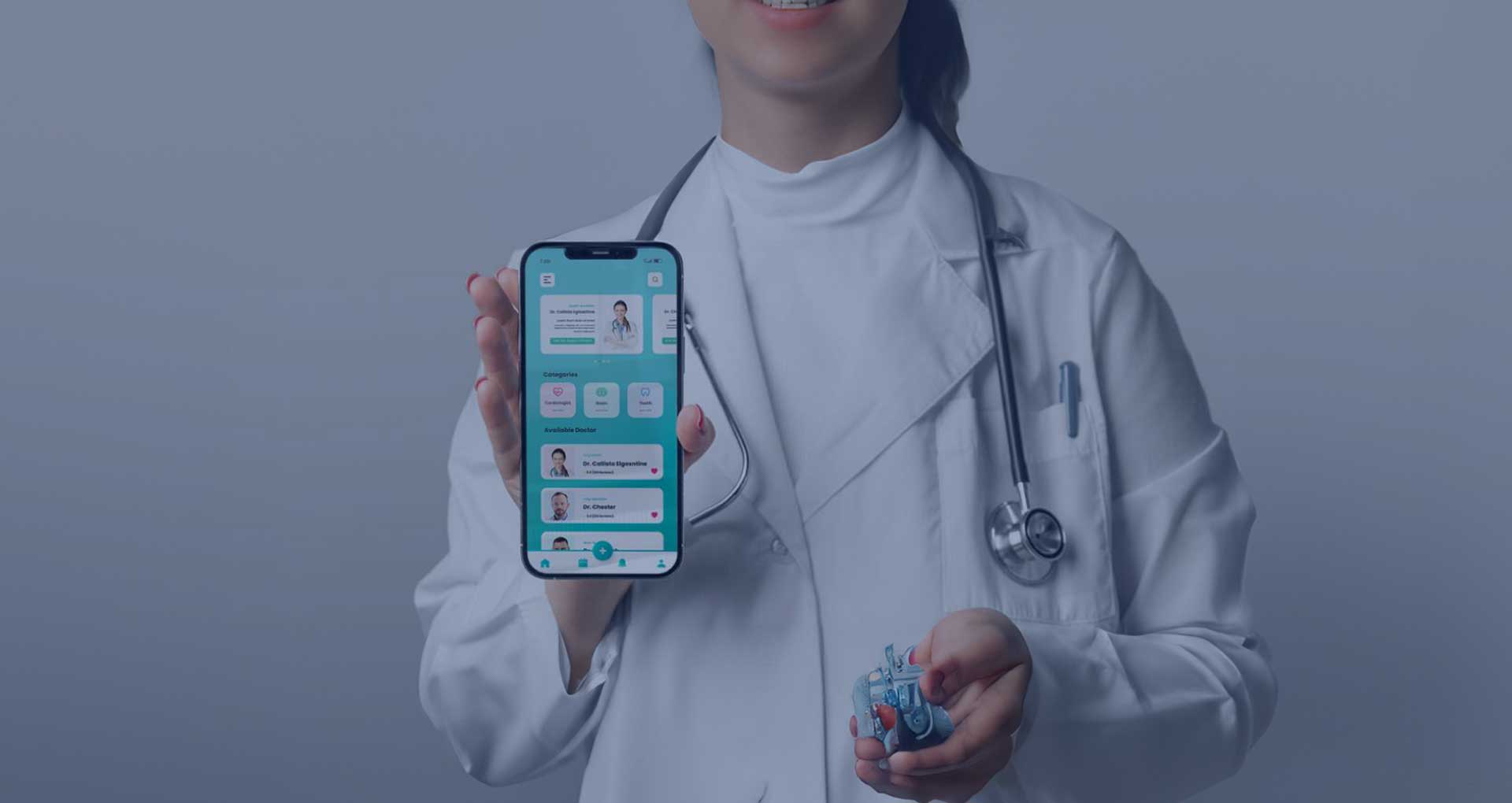

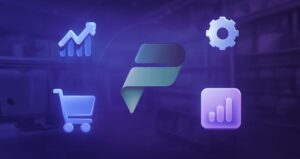




 30 Min
30 Min


